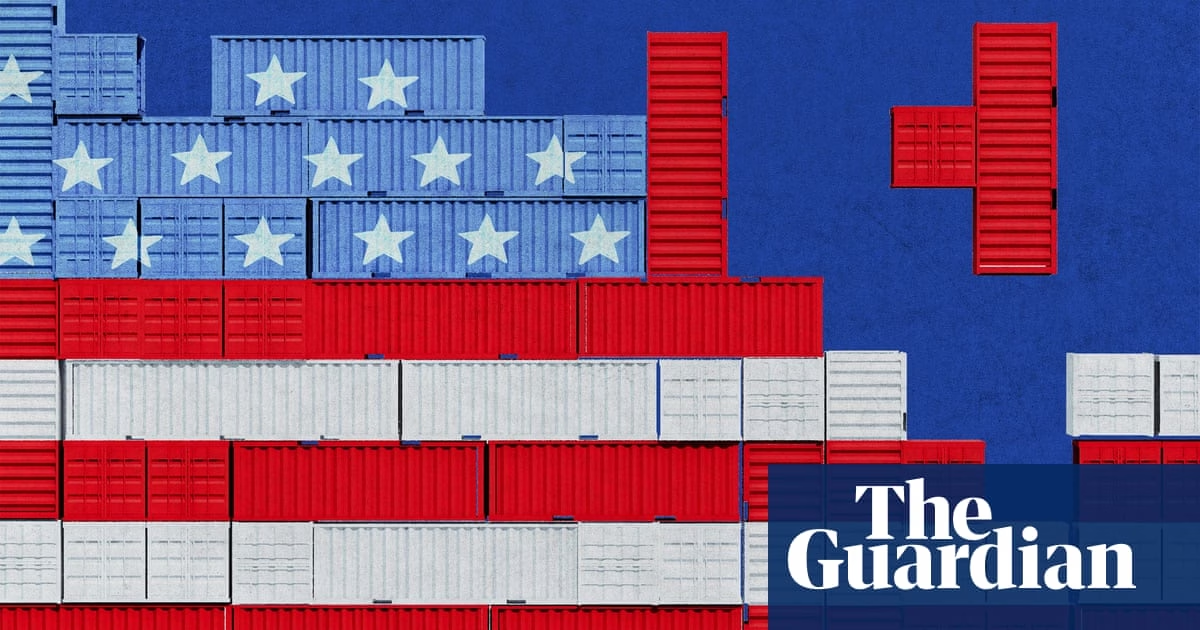For weeks, Donald Trump and his aides have been promoting April 2nd, 2025 as “liberation day” in America. However, many Americans are left wondering from what or whom they are being liberated.
Following significant hype, the president presented his plan for a new era in global trade, which includes a 10% tariff on imports into the US starting Saturday, and higher “reciprocal” tariffs of up to 49% on countries taxing US exports from next Wednesday.
Donald Trump claims that “April 2nd 2025 will be forever remembered as the day American industry was reborn, the day America’s destiny was reclaimed, and the day that we began to make America wealthy again.” It remains to be seen whether historians will agree with this assessment. Meanwhile, millions of Americans must deal with the present situation.
Last November, Trump was re-elected after years of high inflation and increasing living costs. During his campaign, he pledged to quickly free the nation from higher prices.
Nonetheless, his administration has admitted that tariffs could have the opposite effect. The treasury secretary recently dismissed low-cost goods as “not the essence of the American dream,” implying that costs may rise due to Trump’s aggressive trade strategy – which is apparently music to the ears of those hoping for higher prices.
Any politicians who attended the press conference in the White House Rose Garden may have been reassured when the president declared, “prices are way down,” since his return to office.
However, individuals visiting grocery stores may disagree. Despite the president’s claim, most prices have not decreased since January, and inflation is still growing above the Federal Reserve’s target rate of 2% per year.
“Now it’s our turn to prosper,” proclaimed the president. Yet, many US companies fear challenges, not prosperity, due to this decision – higher costs that will eventually be passed on to their customers.
Neil Bradley, the chief policy officer at the US Chamber of Commerce, the corporate lobby group, said, “What we have heard from businesses of all sizes, across all industries, from around the country is that these broad tariffs are a tax increase that will raise prices for American consumers and hurt the economy.”
Trump likes to present a black-and-white view of the world: the US is either winning or losing. A policy, deal or plan is the best or the worst. A person, country, or company is either supporting or screwing you.
There is rarely room for nuance, time for complexity, or tolerance for disagreeable facts. The strength of this narrative lies in its simplicity.
According to Trump, the US is about to raise trillions of dollars for the federal government by taxing the world, not its citizens – a characteristically black-and-white stance.
However, reality is often more complex than rhetoric. Many shades of gray exist
Import tariffs are not paid by other countries; they are paid by importers (in this case, US companies and consumers) purchasing goods from overseas. These costs often ripple throughout the economy, causing price increases at every link in the chain.
Trump has promised lower prices and is gambling that his tariffs won’t raise them too much or for too long.
“This is going to be a big moment,” he declared on Wednesday. “I think you’re going to remember today.”
He may indeed be right.
Source: https://www.theguardian.com/us-news/2025/apr/02/trump-tariffs-analysis








